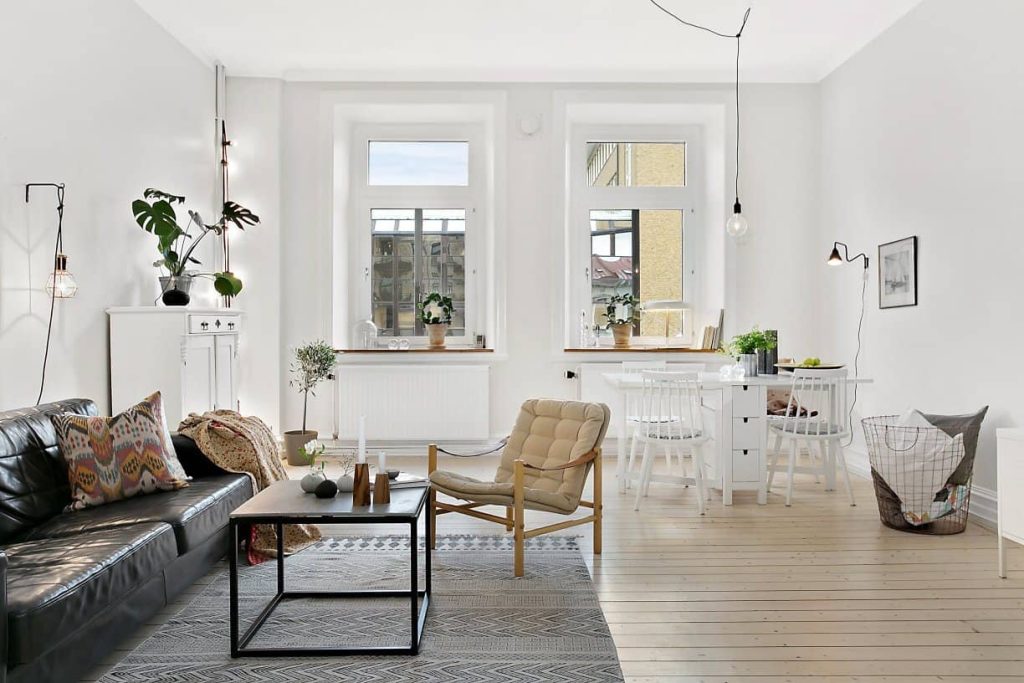How do you light a living room without a false ceiling?

Contents
Illuminating Ingenuity: Creative Lighting Strategies for Living Rooms Without False Ceilings
The absence of a false ceiling in your living room needn’t be a deterrent to achieving optimal illumination. In fact, exposed ceilings present a unique opportunity to embrace creative lighting strategies that transcend the limitations of traditional designs. By leveraging a combination of strategically placed fixtures and innovative lighting techniques, you can transform your living room into a haven of both style and functionality.
Reclaiming the Ceiling Space: Lighting Solutions that Respect Architectural Integrity
While a false ceiling might conceal electrical wiring and house recessed fixtures, it can also lower the perceived height of a room, diminishing the architectural grandeur of exposed ceilings. Here’s how you can illuminate your living room while respecting the existing ceiling structure:
-
Surface-Mounted Downlights: These fixtures discreetly mount directly onto the ceiling surface, providing focused illumination without intrusion. Choose adjustable downlights to direct light where needed, perfect for highlighting artwork or creating reading nooks. Opt for energy-efficient LED downlights for long-lasting performance and reduced energy consumption.
-
Track Lighting Systems: Track lighting offers versatility and adaptability. Mounted on the ceiling or wall, tracks allow you to position adjustable spots along the track, directing light precisely where needed. This system is ideal for large living rooms with diverse functional zones, allowing you to illuminate specific areas as needed.
-
Cove Lighting: For a more subtle and mood-setting approach, consider cove lighting. This technique involves installing a light source behind a cove or molding along the perimeter of the ceiling. The indirect lighting washes the walls and ceiling in a soft glow, creating a sophisticated ambiance without overpowering the space.
These lighting solutions maximize the visual appeal of exposed ceilings while providing essential illumination for your living room.
Beyond the Ceiling: Illuminating Strategies that Embrace the Vertical Plane
While ceiling-mounted fixtures play a vital role, don’t neglect the power of lighting strategically placed on the vertical plane of your living room:
-
The Power of Floor Lamps: Floor lamps act as architectural anchors, providing both ambient and task lighting. Tall floor lamps flank a sofa create reading nooks, while arced floor lamps can direct light over armchairs for comfortable reading. Choose floor lamps with adjustable shades to control the direction of light, and consider dimming options to create a variety of ambiances.
-
Sconces and Wall Lights: Sconces and wall lights add depth and dimension to your living room walls. Install sconces on either side of a fireplace to create a focal point or flank a mirror to enhance light reflection. Wall-mounted task lights above desks or workstations provide focused illumination for hobbies or crafts. Consider using decorative sconces to complement your living room’s overall aesthetic.
-
Chandeliers and Pendants: While traditionally suspended from ceilings, chandeliers and pendants can be adapted for living rooms without false ceilings. Consider chandeliers mounted on sturdier wall brackets, transforming them into focal points above dining tables or coffee tables. Pendant lights hung strategically over islands or peninsulas within open-concept living spaces provide task lighting and visual interest.
By embracing lighting solutions beyond the ceiling, you can create a multi-layered lighting plan that adds depth and dimension to your living room.
Layering Light: Creating a Symphony of Ambiance with Diverse Lighting Options
A well-designed living room lighting plan is not one-dimensional. It’s a symphony of different lighting types that work together to create the desired ambiance:
-
Ambient Lighting: This foundation layer provides overall illumination for the living room. Floor lamps, chandeliers, and cove lighting all contribute to ambient lighting. The goal is to create a soft and inviting glow that encourages relaxation and social interaction.
-
Task Lighting: This layer provides focused illumination for specific activities. Table lamps placed on side tables or desks offer task lighting for reading, working on laptops, or engaging in hobbies. Task lighting should be bright enough to illuminate the work area without creating glare.
-
Accent Lighting: This layer highlights architectural features, artwork, or collections. Recessed downlights can be used to highlight artwork on walls, while track lighting can be directed towards architectural details like beams or brick walls. Accent lighting adds visual interest and drama to the living room and draws attention to specific elements.
By layering these different lighting types, you can create a living room that is both functional and atmospheric. Adjust the brightness of each lighting layer using dimmers to create the perfect ambiance for any occasion.



